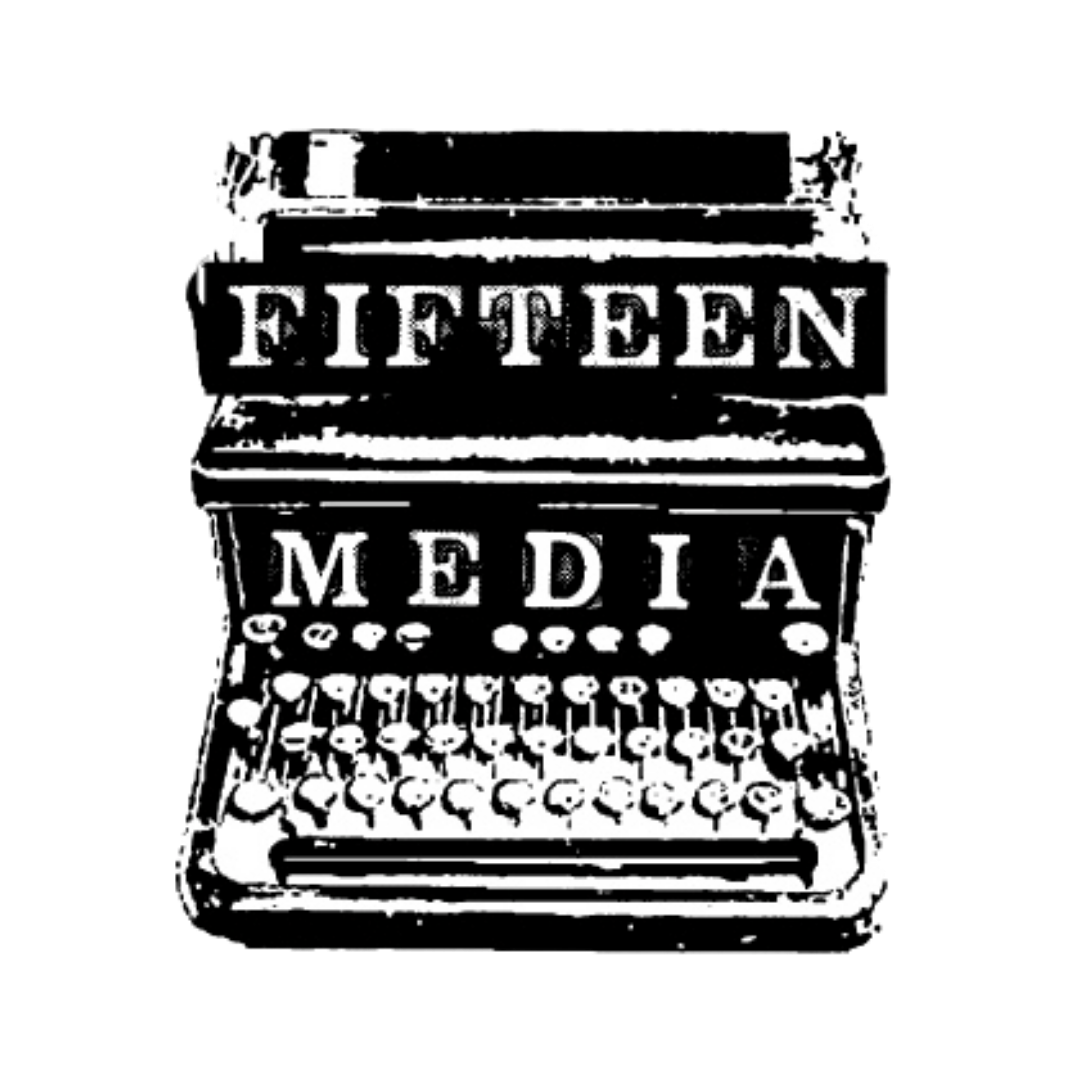4 Tips to Master Remote TV Interviews During COVID-19
If you have watched the news lately, you’ve probably noticed that broadcasters are having to change up their formats. Just like so much else in the world right now, COVID-19 is forcing news anchors and reporters to do their job from home. And just like the show hosts, interviewees are sitting at home too.
This means that if you are engaging with the media right now, there’s a good chance your TV interview will take place remotely with Zoom, Skype, or FaceTime, rather than in the studio.
Remote interviews bring a few challenges as well as opportunities. Since location doesn’t matter for remote interviews, I’ve found that my clients are having luck booking more interviews in wider geographic markets. However, since this is all new, there’s a lot more to prepare and figure out to make sure you nail the interview.
After booking remote TV interviews all across the country, in local, regional, and national outlets, I’ve learned a few rules of thumb that make it easier for my clients.
Over Communicate and Ask Questions
Every station is running their interviews differently. Some are using Skype, Zoom, or FaceTime for live interviews. Some stations are asking you to pre-record your part of the interview and later splice in the host asking questions.
The point is, there’s little you can count on at this point, so you need to ask questions.
Each time I book an interview, I follow up with a ton of questions to make sure I can pass along the correct information to my client and know exactly what I am doing. Then I make sure the media contact knows of any issues or concerns we have so those can be addressed in advance too.
One pro tip: ask for examples of remote segments so you can get a feel for what to expect.
Don’t be afraid to ask questions. Anything from the moment you log in till after it’s off the air is all fair game.
Be Flexible
All of this is new to everyone so there is naturally a bit of ambiguity. It’s new territory so we have to be flexible as we figure it out.
Your interview might need to be changed or rescheduled. Technical difficulties occur and interviewers may run late.
It’s been happening to me, and I think the best way to deal with changes and hiccups is to approach it with compassion and flexibility. Assume everyone is doing the best job they can given the circumstances.
Think About Lighting and Sound
If you were about to walk into a local news station for an in-studio interview, lighting and sound would not be your job. But with remote interviews, this is most likely going to be your responsibility.
Use lots of natural light when possible, avoid angles that put light sources behind you, and do a test run to make sure people can see you.
When it comes to audio, use a high quality microphone if you have it or test out a few of the options you have (like different sets of mic’d headphones) around the house to find the best one.
Mention You’re Available Remotely
In your initial pitch to the show, make sure you tell the media contact that you are available for remote and pre-recorded interviews.
Before COVID-19, I would usually tell a media contact that the client is available for in-studio or on-site interviews. This is not appropriate for most situations until social distancing is eased. So, don’t offer it.
Keep It Simple
If you’re pitching some kind of demo, such as a cooking segment or DIY project, make sure it isn’t too complicated. It’s a little more difficult to convey complicated projects with a single web cam and a home kitchen.
But don’t worry, if you can impress the media now with a simple demo, they’ll be much more likely to invite you back later when you can use their studio to show off something great.
